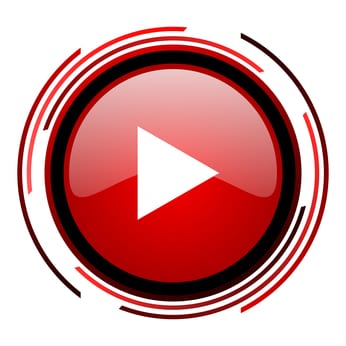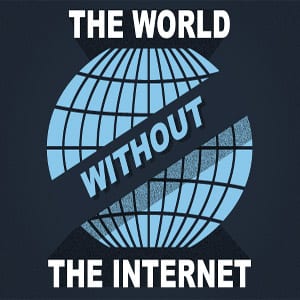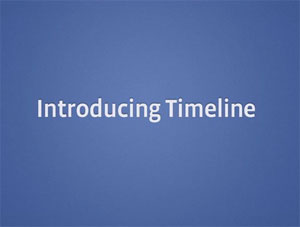Satya Nadella, CEO of Microsoft – The Internet of Things
Satya Nadella, CEO of Microsoft, talks about CGI Innovation with The Internet of Things This is a demo of the innovative CGI work Microsoft did with ThyssenKrupp elevators. This uses Azure, ISS and a very innovative Cloud based Monitoring system built by the team at CGI. “Satya Nadella, CEO of Microsoft – on Internet of…



